Introduce yourself!
My name is Andrew Graham-Brown. I'm a wildlife, travel and adventure documentary filmmaker. I was born in Canada, but brought up in England. For the past 25 years or so, I've been fortunate to make films the world over, predominantly for the BBC, Discovery Channels, PBS and National Geographic TV. How did I start this journey? Well that's a difficult question. So much of what we do in life is a direct influence of our socio-economic background, education, family and formative years/experience.
What influenced and sparked your interest in travel documentary filmmaking?
Looking back, there are many 'sparks' that ignited my passion for traveling and documenting the world. I guess my biggest influences are my beloved parents. My mother was an English teacher and she gave me pointers in how to observe, and ways to go about attempting to understand 'the human condition'. My mother encouraged me to treat every person the same. She taught me to take an equal interest in every person I encounter as they all have a compelling story to tell. My father is scientist, medical doctor, and philosopher. He taught me the value of objectivity; how to look at the world and imagine it the way it really is. My dad also gave me my first camera after I'd completely screwed up my O'level examinations at age 15. The camera he gave me was an Olympus OM20 (SLR) with a 50mm, F1.8 lens. The Olympus is a thing of great beauty - a 35mm film camera (OM 1 and OM 2 were the legends), used by many photo-journalists in the 70's and 80's. I think he made this extraordinarily generous gesture because he'd witnessed my joy at spending special times with him in the alchemy of the dark room, red light and all. I was drawn by the sheer magic of chemicals conspiring to create images that appear out of nothing like ghosts.
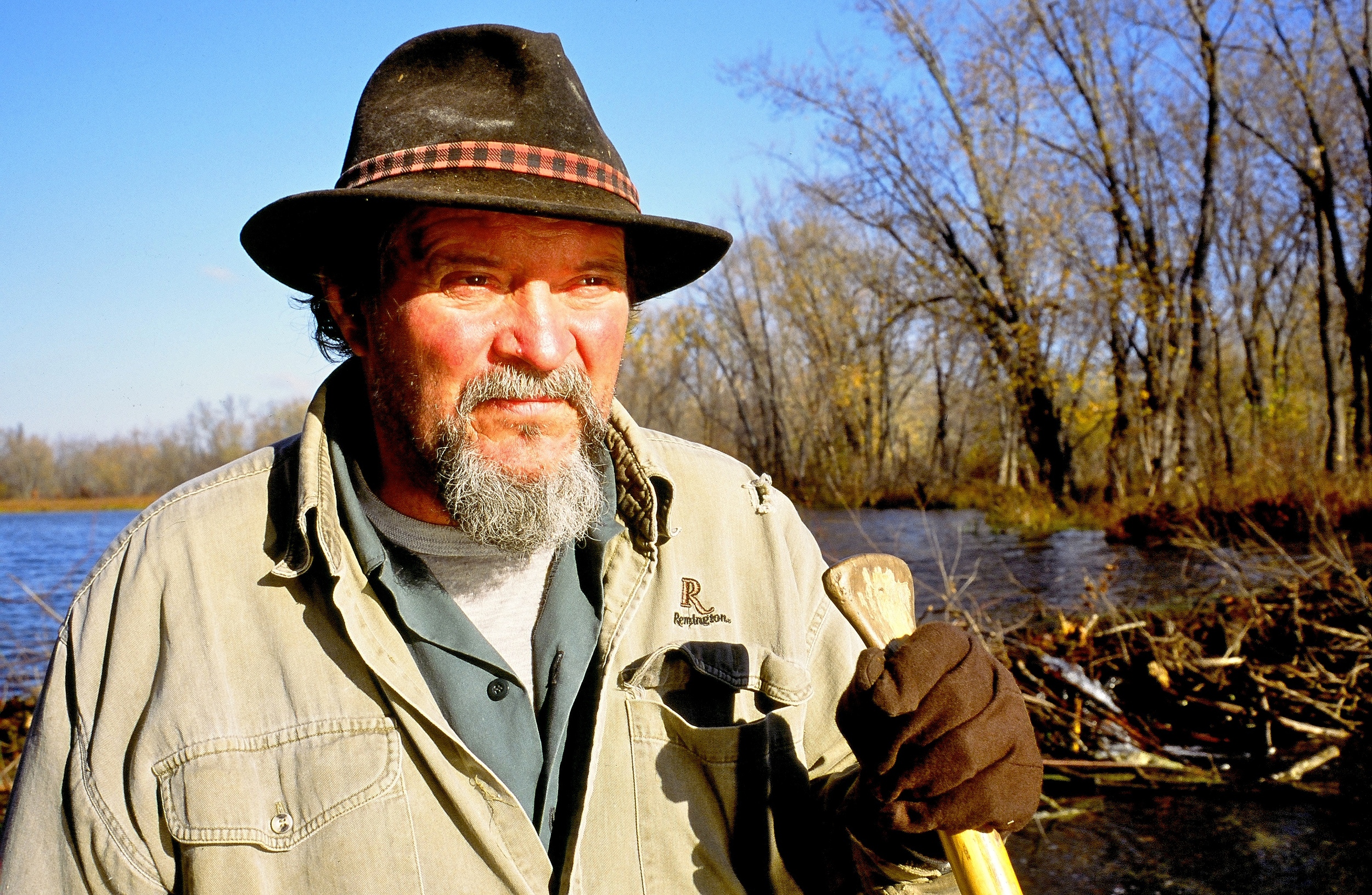
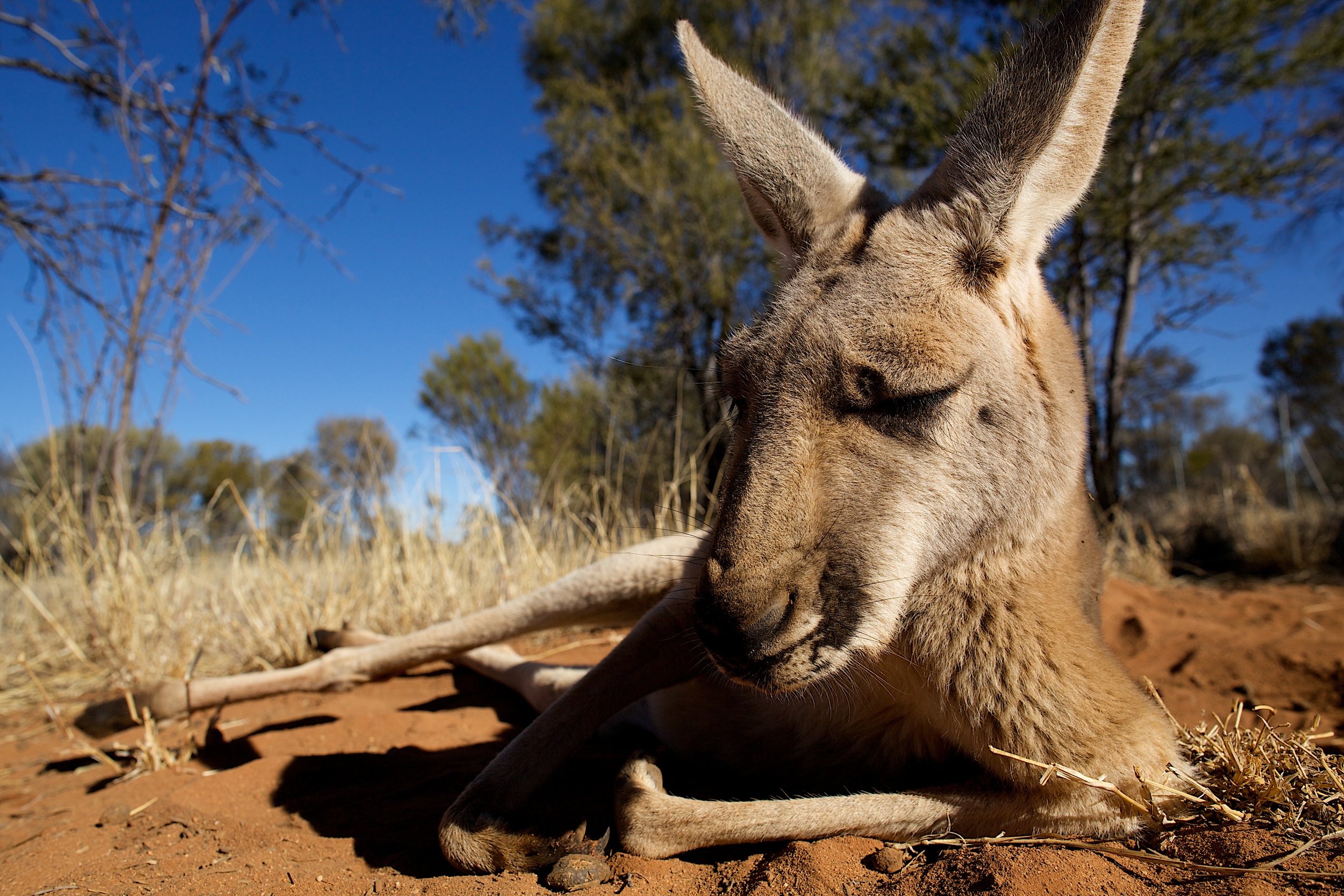
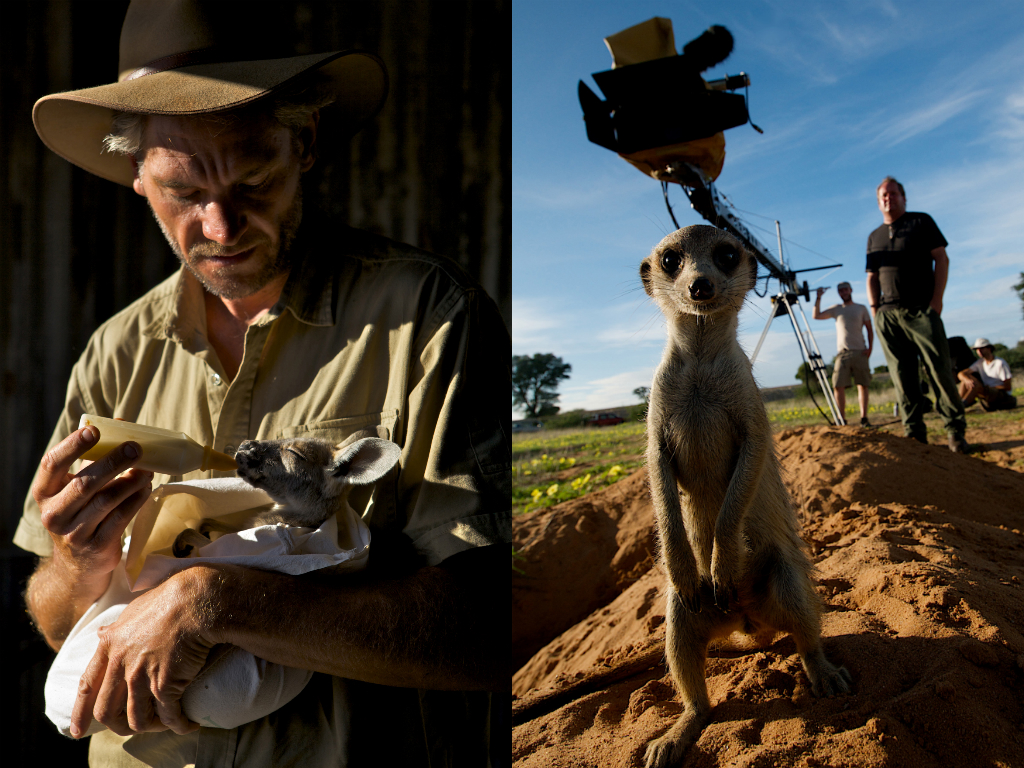
Have you always worked and produced your films independently?
After messing around at University I lived on Dartmoor in a cottage situated in the grounds of Castle Drogo; a grand and astounding piece of early 20th Century architecture, designed by Edwin Lutyens. The beautiful gardens that merge formality with the wild are of Gertrude Jekyll fame, and the ramparts overlook the breathtakingly beautiful wilds of the moor. This experience of living in the country made me realize I wanted ‘my office’ to be the great outdoors. While bumbling at the castle, I naively thought that simply applying to BBC jobs advertised every Monday in the Guardian newspaper would get me to where I wanted to be. How wrong I was. After a year of submitting application forms and wretchedly inadequate CVs later, I found myself going nowhere but down the pub and walking on the moor.
My big opportunity eventually came from a chance meeting with a television executive who gave me six week’s work experience at a local television station called TVS; I was off on the track and never looked back. I then spent a couple of years as a local news journalist, but eventually headed to the BBC as a junior director. I slowly became more confident in the techniques of photography and filmmaking and I started to get jobs covering couture fashion for the BBC in Paris, Milan and London. Some how from the catwalks I made the leap to making documentaries about the survival techniques of the indigenous people of Africa, Australia and Mongolia. Once on this road I never wanted to stop traveling the world. In 2003 I set up my own independent film company, AGB Films, and I have since produced natural history films for the BBC. During my most recent trip, I spent five months filming penguins in Antarctica. I have to admit though, spending so much time with these birds, in the back of beyond, drove me completely mad!
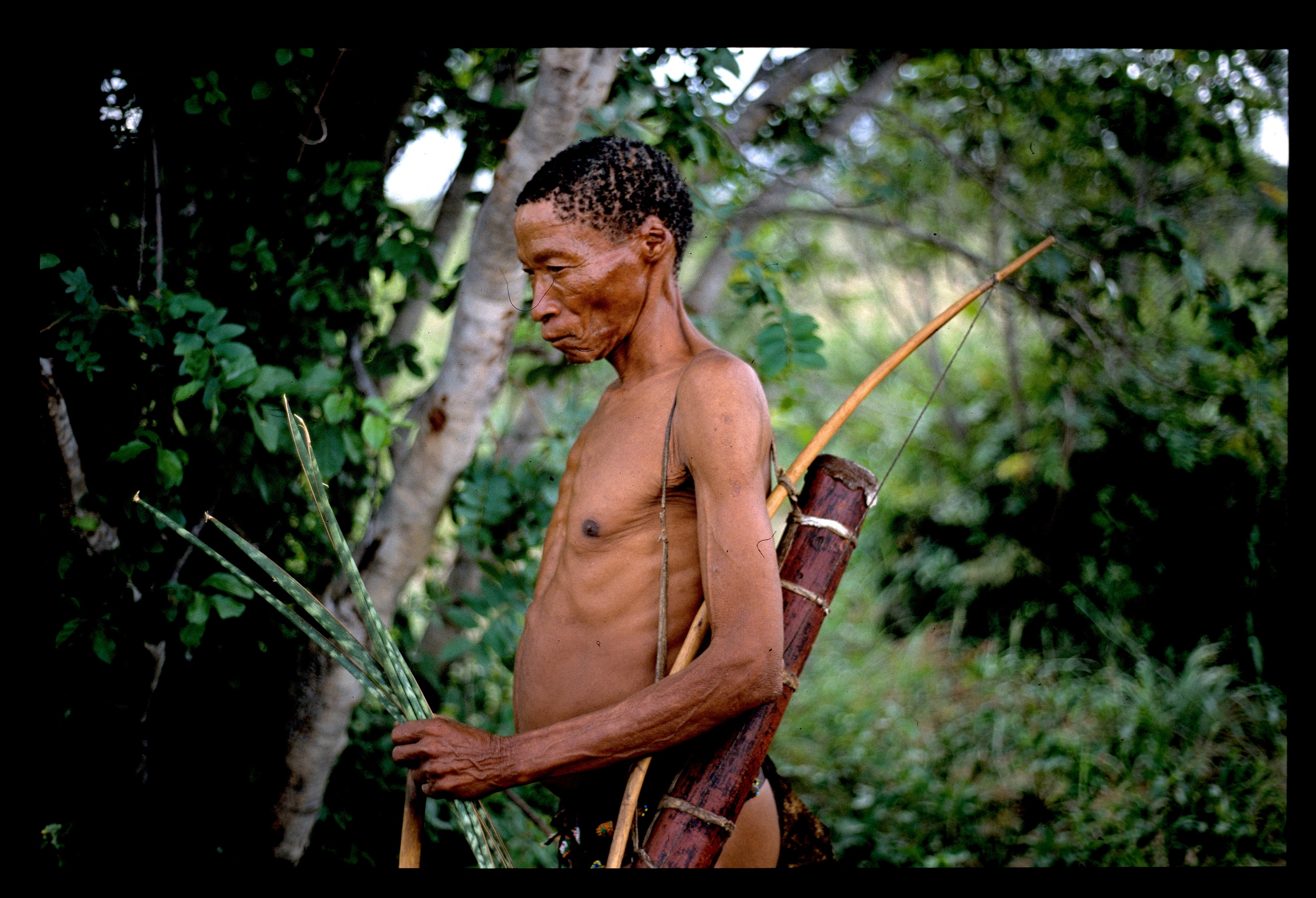

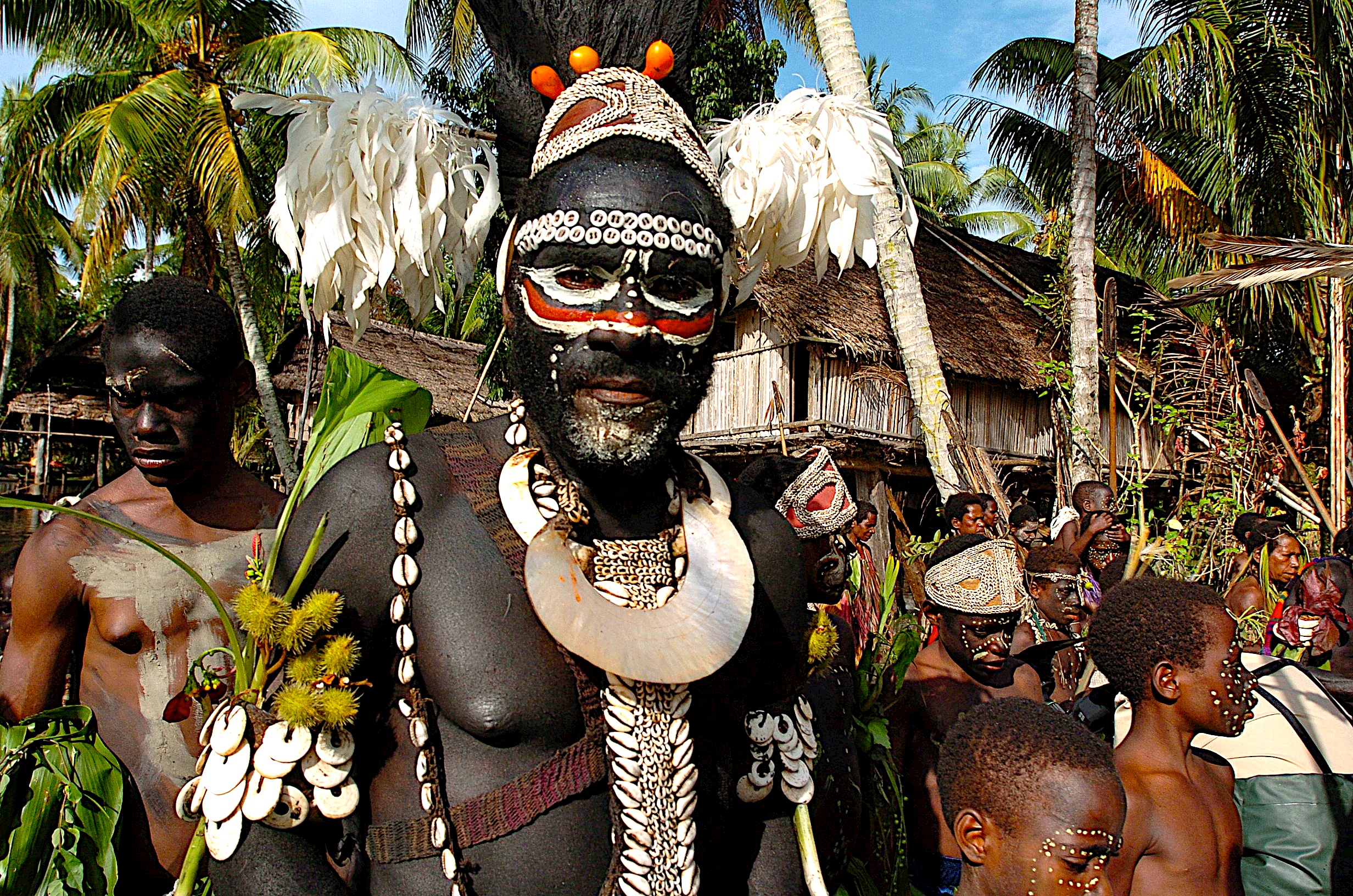
Travel has a tendency to look very glamorous, though that is not always the case, especially as you film in remote areas of the world. What types of challenges or dangerous circumstances have you and your team experienced in the field?
I’d start by saying humor can get you out of most compromising situations. I was once in Papua New Guinea filming the Insect Tribe who hunts crocodiles with spears from dugout canoes, in pitch-black at night. Monsoon rains and lightening the likes of which I never want to see again came out of nowhere and struck the fear of God into the film crew and the Papua New Guinean hunters we were with at the time. The dugout canoes filled to the brim with water in seconds and I became certain that I was going to drown and be eaten by a monster 20 foot croc because we were in a place the locals call 'Crocodile City'. Another time, I was chased by a 10 foot Komodo dragon - a dinosaur, basically. In that moment of terror I somehow remembered reading how best to escape a charging Komodo dragon. “Run in a zig-zag,” is what the book had told me. I put this advice to the test and guess what? It worked!
A few years ago, you produced a documentary on The Hyena Men, a controversial street gang in Lagos. How did you gain access into the organization?
I discovered upon the Hyena Men when a friend of mine, Bill Markham, showed me a photo shoot in the Sunday Times Magazine by a brilliant South African photographer called Pieter Hugo. The images he'd taken were completely spellbinding. I approached Pieter, asking him to present his work as a documentary, but he wasn't interested. I then contacted a local journalist called Adeokunbo Abiola, met him in Abuja, Nigeria, and Ade kindly introduced me to the gang. It took a week or so to win the Hyena Men’s confidence, but once I was ‘in with the gang, they took me under their wing and looked after me incredibly well.
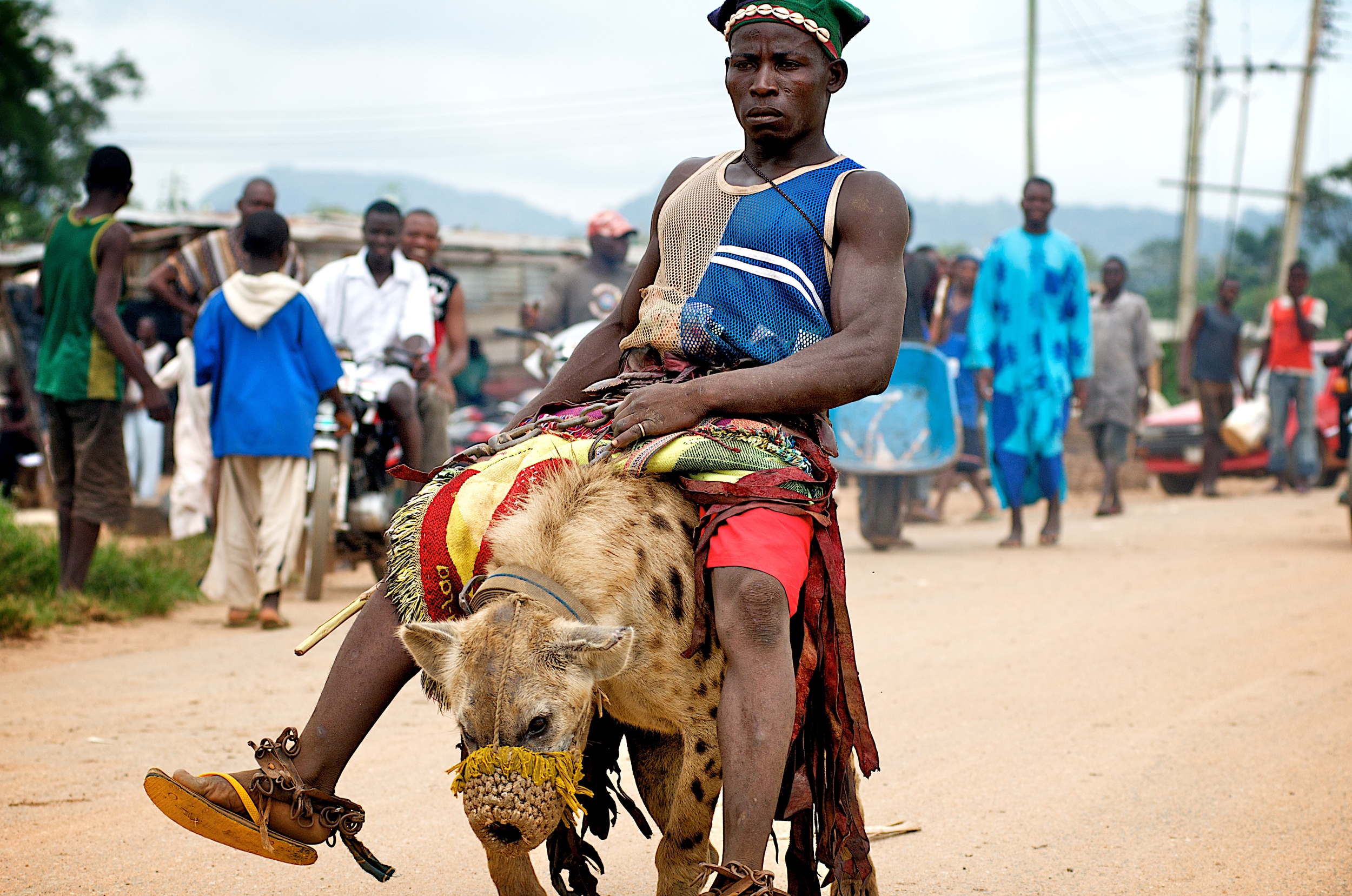
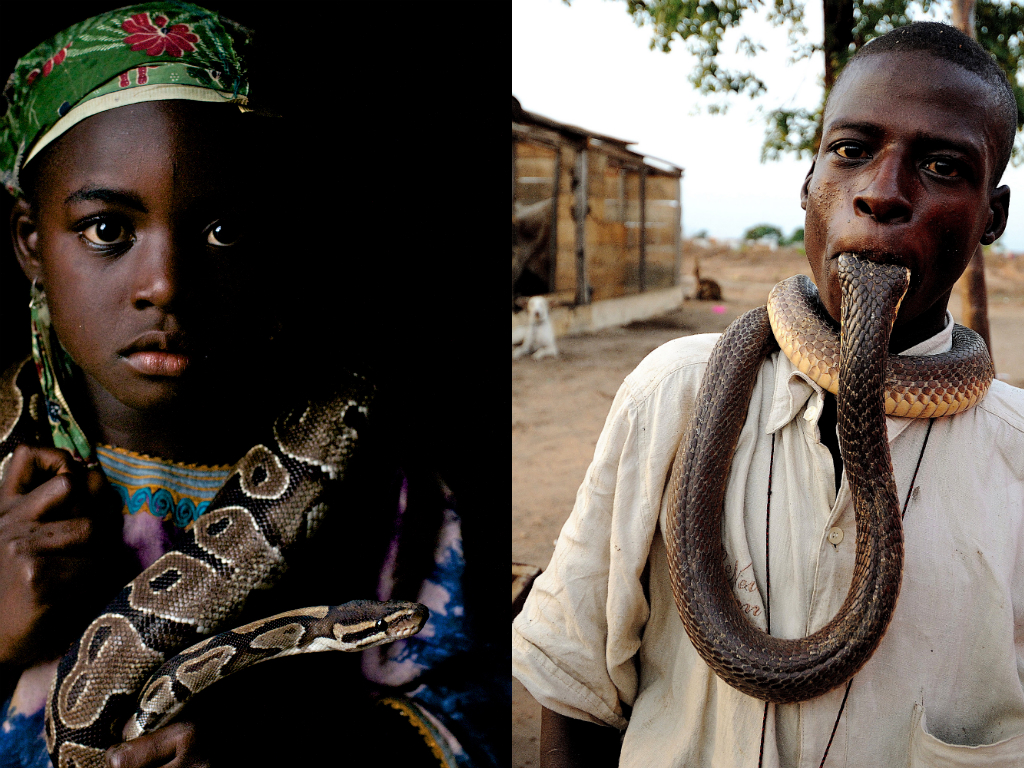
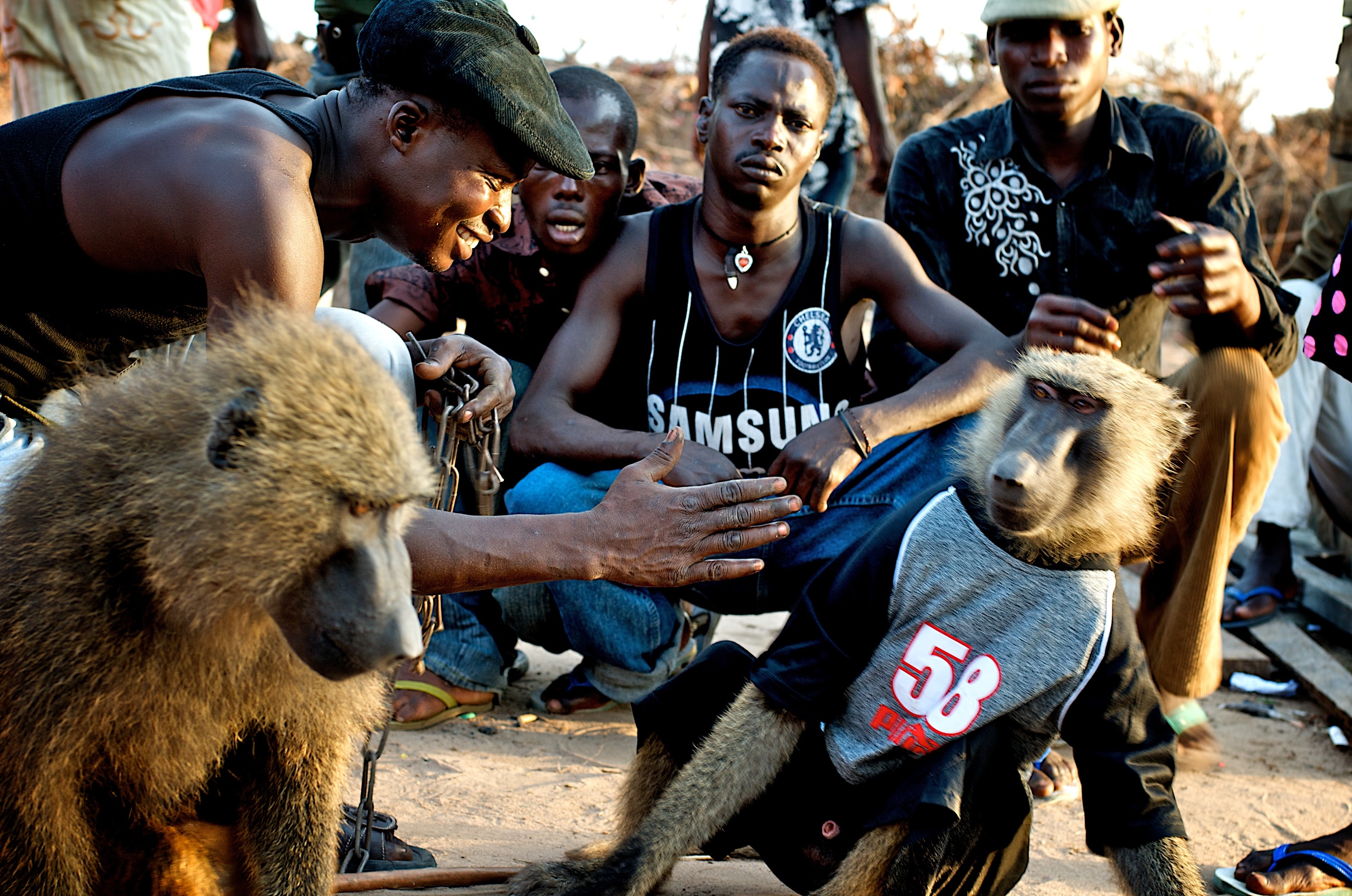
What was the experience like spending 3 months filming, learning, and observing this community?
Spending three months within this community was a mind-boggling experience. With my access to the gang I was able to visit places in Lagos that no white man had ever been to before. I was privileged to travel extensively throughout Nigeria and learn about life on the streets. Myths surround Nigeria’s Hyena People. They are bank robbers, debt collectors; they have magical powers, they are part animal. When they walk into town with their rock pythons, baboons, and hyenas in chains, the spectacle is overwhelming. They are minstrels, earning money by performing with hyenas, training monkeys to turn somersaults and ride on motorbikes. The Hyena Men sell voodoo fetishes amidst the chaos of the urban streets of Nigeria. My film examined the clash of the urban and the wild, and the paradoxical relationship that the hyena handlers have with their animals - sometimes doting and affectionate, sometimes brutal and cruel.
Herbs, amulets and incantations are used to catch and train their captives, protect themselves against harm and build up their own confidence. The concoctions sold to the public are meant to protect against snake, hyena or monkey bites, cure spiritual problems, and illnesses such as typhoid fever, malaria and syphilis, while the charms and amulets shield people from the antics of the witches and wizard that many Nigerians believe are responsible for their misfortunes. While I was there, I discovered a country in complete crisis, but also a Nigeria that is culturally vibrant. The music and dance events I attended were fantastic. I also had the opportunity to film Dembe, which is a form of traditional back street kickboxing that takes place in the bowels of Lagos and other northern Nigerian towns/cities. Far from being threatened, I was welcomed by the audience. I think the Hyena Men were keen for the outside world to see their proud tradition of this complex martial art. It was a surreal experience. Behind the facade are people, like you and me, just trying to get by.
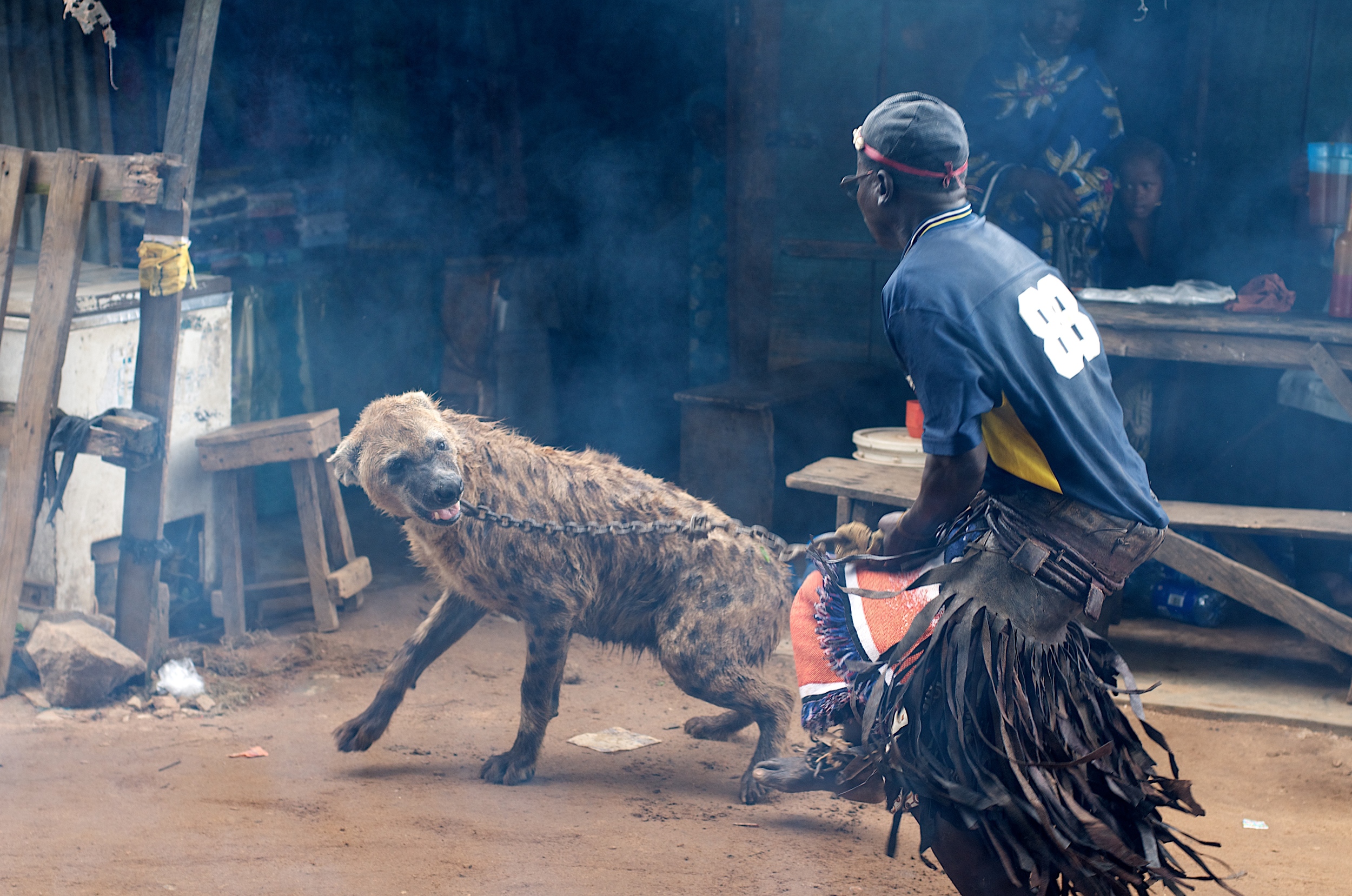
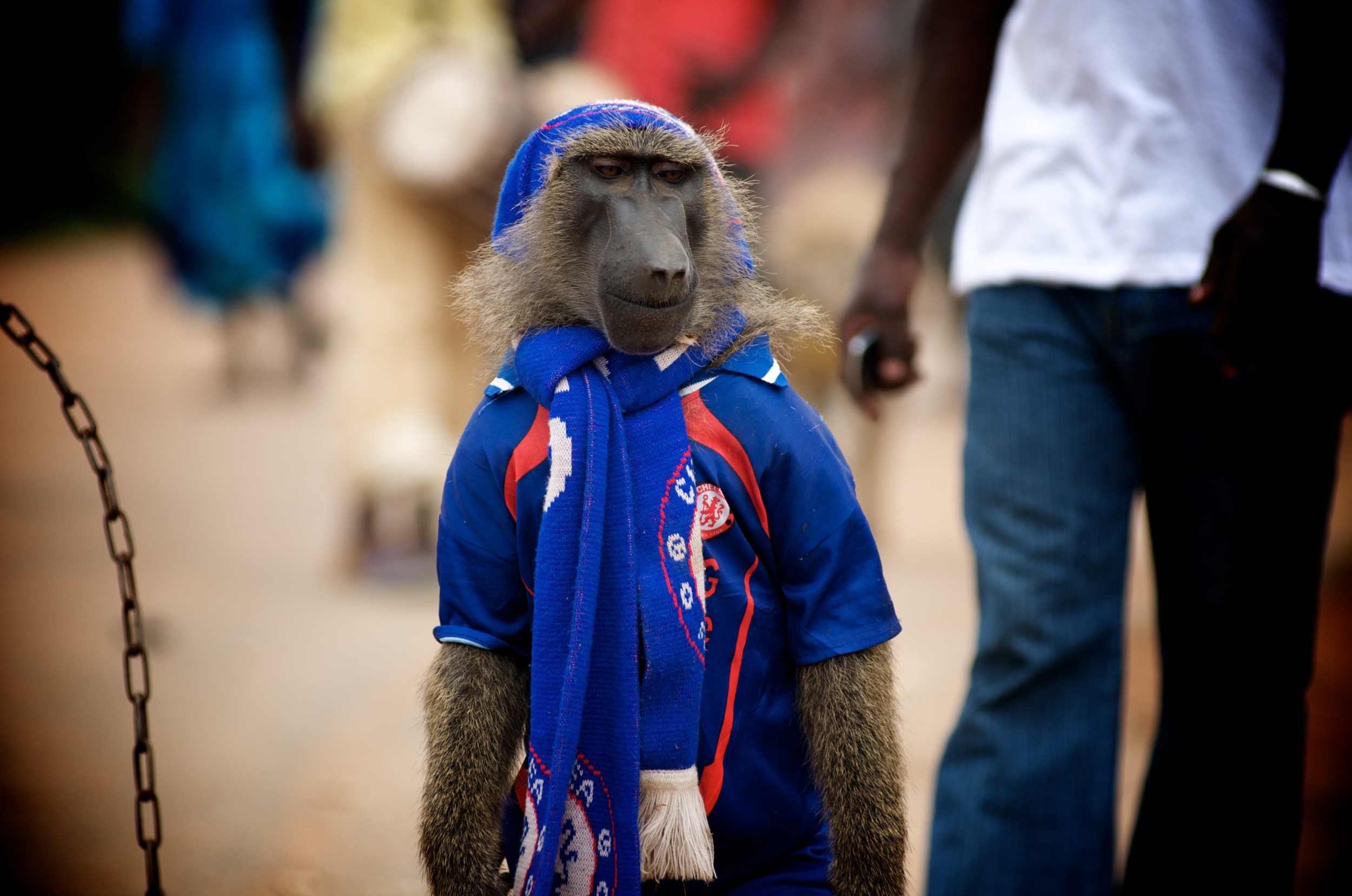

What surprised you most about this particular experience and project?
Where to begin!? The extreme disparity between wealth and absolute poverty coupled with just how cool most Nigerian people are.
You have also spent some time living with nomads in Mongolia. What was that experience like?
Mongolia was my first proper documentary expedition. The film crew and I landed in Ulan Bator, but bizarrely ended up at the British Embassy in a pub that looked like it had been transported from Surrey, England. We soon headed out west in Russian jeeps across the Steppe. Two days later we ended up at a community of Mongolian nomads who live in felt tents and eat little else but fat and meat from goats and sheep. The men make a mean spirit by distilling fermented mare's milk over a cow dung fire. The Mongolians are a resilient and extraordinarily welcoming people. Spending time with this group proved an unforgettable experience.
What is your favorite memory from your time in Mongolia?
Getting drunk on fermented mare's milk; I kept the entire film crew awake all night. Sorry folks!
What advice would you give to those interested in traveling internationally but have no idea how to start?
Stick a pin in the map and go for it.


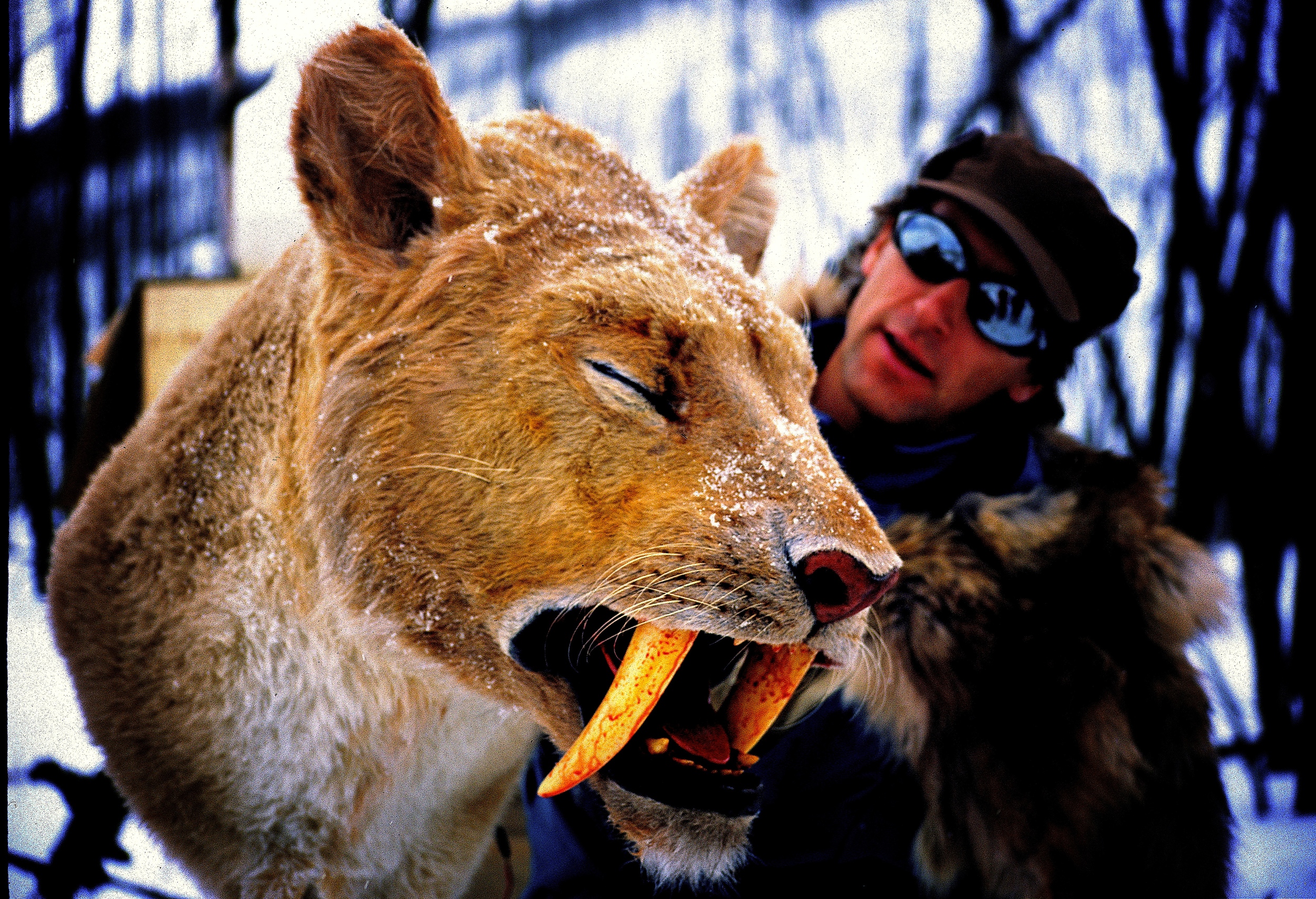
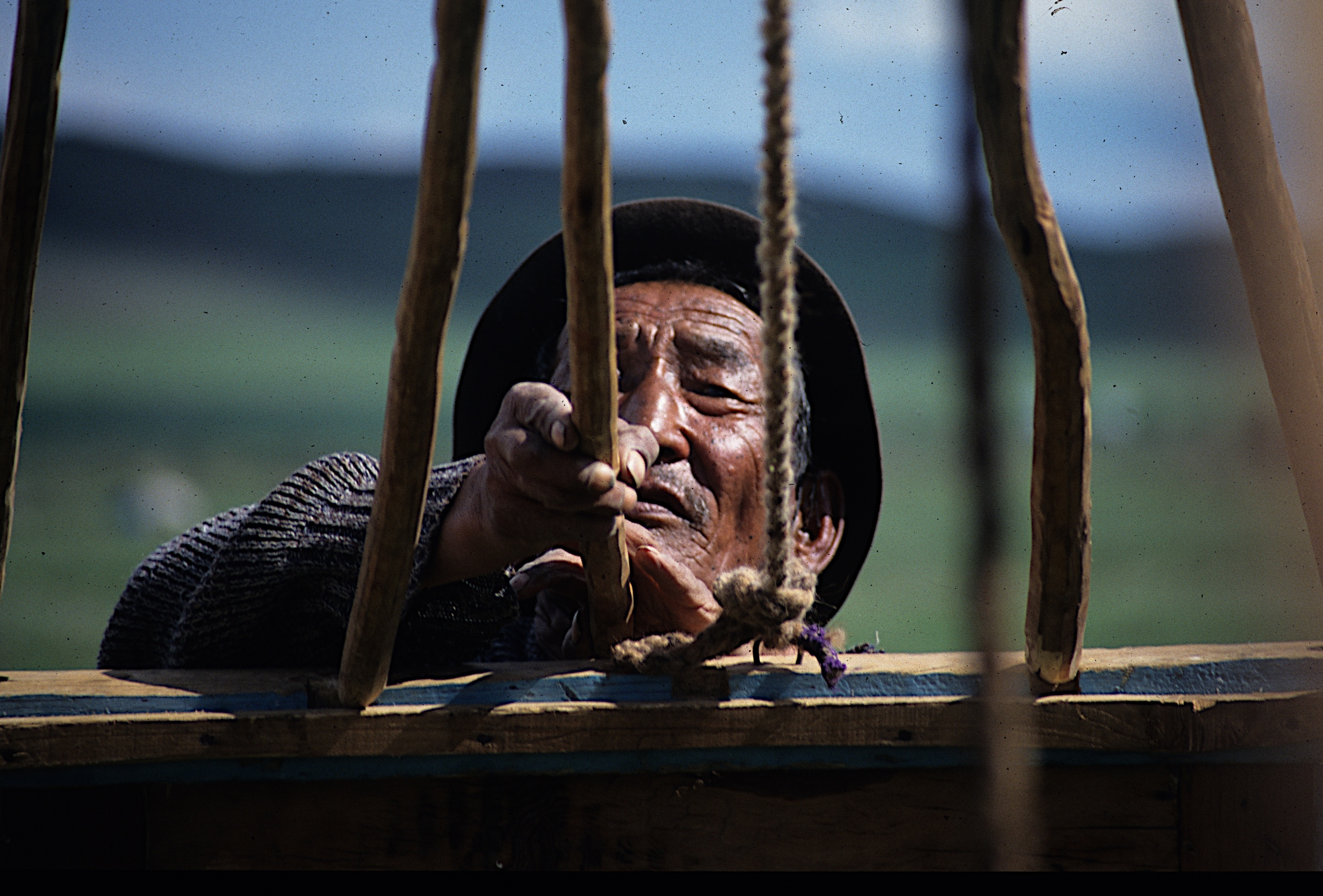
What would you say are the biggest lessons you’ve learned about travel after 25 years of experience?
Get excited! Travel is a gift. Embrace it and be prepared to follow a random path. You should obviously do a lot of research. Fish the internet – and then read lots of relevant books as proper literature provides the best inspiration for film/photographic ideas. Travel light and carry loads of hydration salts/sugars. A broad spectrum anti-biotic has been a life-saver for me at times. Learn about the country before you visit. Don't 'turn over' your camera straight away; get to know and befriend your subjects. The more time you have to win people's confidence, the better. Polaroid cameras are cool because you can immediately give remote people pictures they will cherish forever. Sometimes it's wonderful to be without any form of communication, other times satellite phones and internet are essential.
Mosquitoes can be hell on earth; consider getting clothes made out of a material called Ventile. The bugs can't bite through it and it performs brilliantly in heat and cold. Head nets and head torches are also vital. If you are planning on filming venomous snakes like the Black Mamba, know the nearest hospital, practice your evacuation plan and ensure that the medical facility has appropriate anti-venom. These precautions saved a friend of mine's life. The biggest tip is to meet as many people as you can, as meeting often lead to unexpected adventures.
What other unexpected travel stories can you share?
I was once in the South of France and this complete stranger came up to me. He said he was a Naval Officer from the USS Dwight D. Eisenhower Aircraft Carrier (nuclear powered) and he’d come a shore for a night of partying but had left all his money/credit cards on the ship. Could I lend him a hundred bucks? Instinct led me to trust him and I handed over the cash. In return, he promised to meet me the following morning, give the money back, and as an expression of his gratitude, he’d take me on a private tour of the ship. Sure enough, the next morning he turned up in uniform and escorted me by way of private tender to the ship a mile out in the bay and almost a mile in length from stern to bow. It was like visiting a hidden world - a city of 5000 inhabitants. I went to places on that aircraft carrier that most people never get the chance to see. I walked through the ghetto, stuck my head inside the cockpit of a fighter jet - and I was even treated to a five course meal with the captain!
What’s next for you?
I’m not sure. Maybe a film about Climate Change, which I believe is the single biggest issue facing mankind.
Be sure to visit watch some of Andrew’s award winning documentaries and visit www.agbfilms.co.uk to keep up with his future projects.
Images Courtesy of Andrew Graham-Brown (AGB Films)








